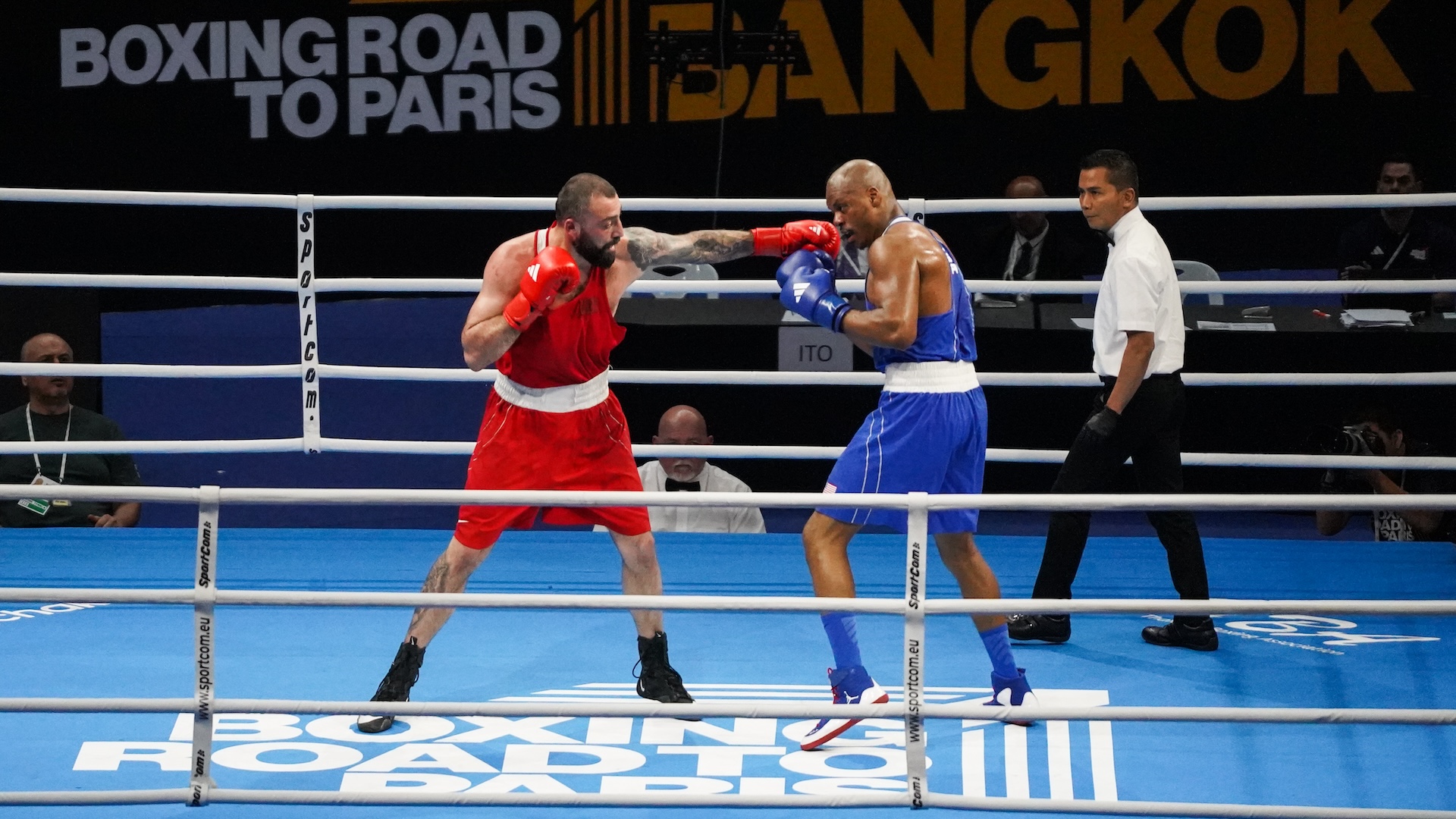What's the most dangerous sport in the world?
It's hard to compare sports head-to-head, but some stand out in terms of their risk of causing injury or death.

Sports offer a variety of benefits, from lowering stress and boosting self-esteem to improving heart and bone health. But they can also pose risks.
In extreme cases, elite athletes complete seemingly death-defying stunts at major sporting events, such as the Olympics. But which sports are the most dangerous to participants? And which pose the highest risk of death?
Which sports cause the most injuries?
These are tricky questions to answer because sports aren't always studied in the same way, making them difficult to compare. Let's start by looking at nonfatal-injury statistics.
In the U.S., the sports and recreational activities most frequently associated with injuries are "exercise," cycling and basketball, according to the National Safety Council. These statistics come from injuries that resulted in emergency department visits in 2023. Here, exercise isn't defined, but there's no separate category for running and the category covers injuries related to exercise equipment, so it appears to be broad.
Related: Extreme workouts: The nutritional needs of elite athletes
American football comes in fourth on the National Safety Council's list, behind basketball. That said, football produces the most injuries of any sport per 1,000 hours of participation, according to Ohio State University (OSU). Alongside basketball, it's also a strong contender for the most injury-riddled sport.
Football players' risk of concussions and subsequent brain damage has also been highlighted in recent years. Similar attention has fallen on other high-impact, collision sports, such as rugby, in which players routinely collide at all levels of the game.
Sign up for the Live Science daily newsletter now
Get the world’s most fascinating discoveries delivered straight to your inbox.
Carolyn Emery, a professor and chair of the Sport Injury Prevention Research Centre at the University of Calgary, studies collision sports as part of her work in trying to prevent injuries in Canadian youth sports. "Collision sports are our highest risk for concussion, as well as all injury that leads to time loss," meaning time spent away from sports to heal, she said.
Statistically, there's a higher rate of concussions in girls' sports than in boys' sports, Emery noted. At the youth level in Canada, female rugby produces the highest rate of concussions, followed by ice hockey and football. It's unclear why girls seem to get more concussions than boys, but Emery said she suspects it may be related to both biological factors and the fact that "girls are more likely to report baseline symptoms."
There's a link between sports with a high incidence of head impacts and long-term neurological impairment and neurodegenerative diseases, such as Alzheimer's, according to a 2024 study in the journal Sports Medicine - Open. Such sports include football, rugby and boxing — up to 20% of professional boxers experience a chronic traumatic brain injury. One example is chronic traumatic encephalopathy (CTE), a progressive disease with no available treatment.
It's not just collision sports that pose a risk of head injury. Equestrian sports — such as horse racing, show jumping and polo — are the most common cause of sports-related traumatic brain injury in U.S. adults, according to OSU. A 2024 study in JAMA Network Open also found that horseback riding was the most common cause of sports-related concussion in Europe.
Related: Why is exercise important, according to science?

What's the deadliest sport?
Fatalities in sports are rare, but they seem more likely in activities that pose a risk to an athlete's head and neck.
For instance, a 2021 study documented 320 horse-related fatalities in the U.S. over a decade, or an average of 32 per year. In 2023, PBS News reported that about two jockeys die, and 60 become paralyzed, from horse racing each year.
Boxing is another contender for the world's deadliest sport. A 2010 study found that there are about 10 boxing deaths every year, worldwide. However, the authors noted that this figure is likely higher, due to incomplete record-keeping. A 2011 survey estimated an average of 13 boxing deaths per year, CNN reported. These figures include amateur and professional boxing, but most boxing fatalities occur at the professional level.
The National Center for Catastrophic Sport Injury Research documents football fatalities at all levels of the game with its Annual Survey of Football Injury Research, and in 2023, three people died from traumatic injuries. In addition, there were 10 indirect exertional or medical fatalities, which included sudden cardiac arrests and conditions like heat stroke.
This survey highlights that not all sports-related deaths stem from collisions. Notably, only two athletes — a marathon runner and a cyclist — have ever died during competition at the Olympic Games. In both cases, the deaths were attributed to heat stroke or heat exhaustion, Quartz reported.
The death of a cyclist during competition at the 2016 Paralympics was attributed to cardiac arrest following a crash. Other Olympic athletes, including those competing in luge and downhill skiing, have died during practice sessions held in the lead-up to the games.
Sports and recreational activities that take place in water come with a risk of drowning, even at elite levels. Drowning is a leading cause of death for children in the U.S., where there are an average of 11 fatal drownings per day. And although it's rare, adult athletes can sometimes faint underwater, leading to near-fatalities and the occasional death.
Studies and reports often present sports fatalities as total numbers across several years or per year rather than rates based on the number of participants. Most figures don't account for the long-term impact of sports with high-impact collisions, which can shorten life spans. Thus, it's challenging to directly compare fatalities in what appear to be the deadliest sports, such as boxing and horse racing.
However, if you also consider animal health, then horse racing is by far the deadliest sport, given that hundreds of horses die or are euthanized due to racing-related illnesses and injuries in the U.S. each year.
Ever wonder why some people build muscle more easily than others or why freckles come out in the sun? Send us your questions about how the human body works to community@livescience.com with the subject line "Health Desk Q," and you may see your question answered on the website!

Patrick Pester is the trending news writer at Live Science. His work has appeared on other science websites, such as BBC Science Focus and Scientific American. Patrick retrained as a journalist after spending his early career working in zoos and wildlife conservation. He was awarded the Master's Excellence Scholarship to study at Cardiff University where he completed a master's degree in international journalism. He also has a second master's degree in biodiversity, evolution and conservation in action from Middlesex University London. When he isn't writing news, Patrick investigates the sale of human remains.









